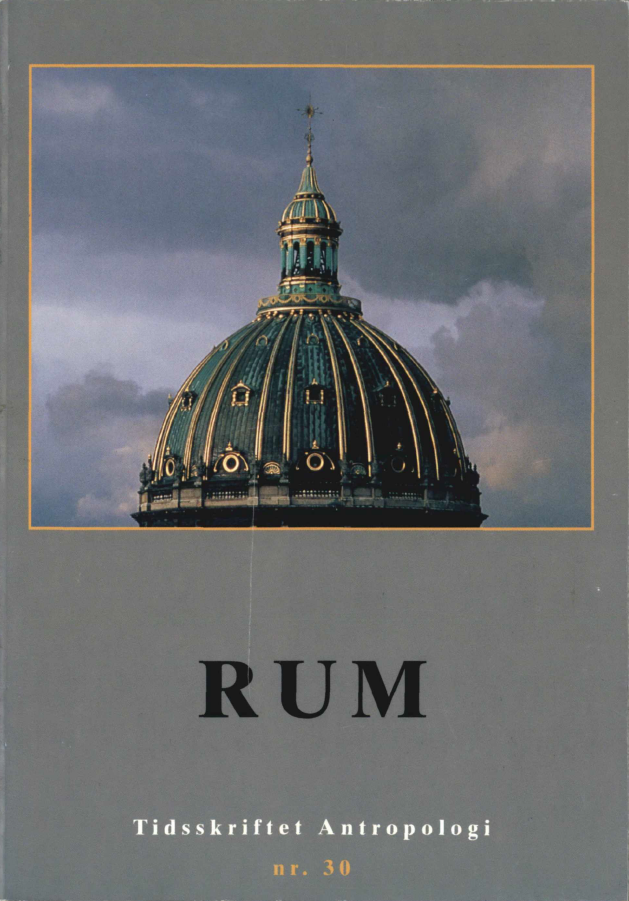Sprog og rumlig orientering i livsverdenen
DOI:
https://doi.org/10.7146/ta.v0i30.117833Resumé
The article claims that language and culture should not be studied separately. Examples from linguistic expressions of space in Danish, Hopi, Yutatec Maya, and Tlapanec are drawn upon to support this view. In Danish, different lexical items describing domestic space are introduced into discourse by different prepositions according to a system revolving around integration and centrality that seems to reflect actual behaviour. It is suggested that this behaviour be studied. A review of studies of linguistic conceptualization of domestic space in Hopi (Whorf & Malotki) and Yucatec (Hanks) shows that lexical structure alone does not pinpoint cultural characteristics - a study of language use is all-important. This is also the case of Tlapanec motion verbs which make a contrast between ‘base’ and ‘non-base’. The correct use of these verbs requires a culturally transmitted knowledge of what belongs where in the world - as do many other forms of behaviour. These observations are followed by a short review of other studies in the field of language and spatial orientation. Finally, the conclusion again stresses the need to integrate linguistic and anthropological thinking.
Downloads
Publiceret
Citation/Eksport
Nummer
Sektion
Licens
Ophavsretten til artiklerne i Tidsskriftet Antropologi tilfalder forfatteren.
Artikler publiceret i Tidsskriftet Antropologi må citeres, downloades og videresendes for ikke-kommerciel brug, under forudsætning af normal akademisk reference til forfatter(e) samt tidsskrift, årgang, nummer og sider. Artiklerne må kun genudgives med eksplicit tilladelse fra forfatter(e) og tidsskriftet.


